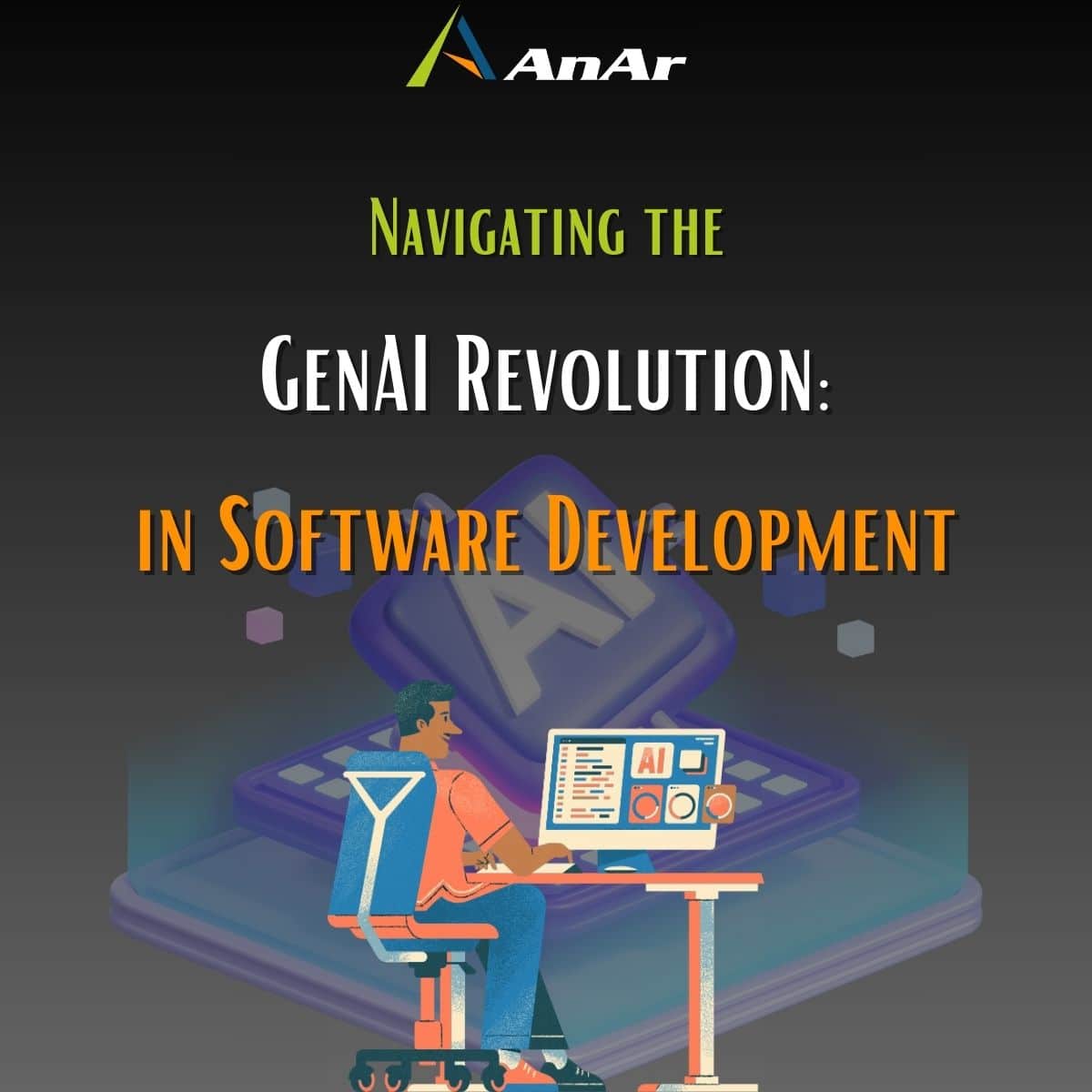In the rapidly evolving landscape of technology, generative AI (GenAI) models like ChatGPT are revolutionizing software development processes. With the potential to automate, analyze, and enhance digital tasks, these tools offer significant advantages. However, their deployment in large-scale companies comes with a set of ethical, legal, and social challenges.
Addressing ethical and regulatory challenges
The rapid development of AI technologies often outpaces governmental regulations, creating a complex landscape for businesses to navigate. To mitigate risks associated with regulatory lag, companies are advised to establish clear codes of conduct specific to GenAI usage. This includes detailing permissible tasks for AI tools and required access levels, emphasizing the importance of working with trusted experts or outsourcing to those with specialized knowledge.
Intellectual property rights, data privacy, and oversharing are additional areas of concern. Companies must enforce strict policies regarding sensitive and private information to prevent unauthorized access and ensure compliance with data protection laws. This also extends to clarifying the ownership of intellectual property created with the assistance of GenAI tools, particularly when personal accounts are used for business purposes.
Mitigating unpredictability and enhancing human collaboration
The unpredictability of AI development poses significant challenges, highlighting the importance of flexible and adaptable workflows. By implementing agile practices, companies can better accommodate future technological and regulatory changes. Additionally, the myth that AI will replace human labor is countered by the reality that AI outputs are heavily dependent on the quality of input. Efficient use of AI in software development requires skilled staff capable of crafting precise prompts and possessing domain-specific knowledge.
Incorporating human-in-the-loop practices ensures that human judgment plays a critical role in AI-driven systems, particularly in decisions with ethical, legal, or personal implications. This approach not only mitigates risks but also enhances the reliability and accountability of AI applications.
Best practices for safe GenAI use
Establishing a safe environment for GenAI usage involves several key steps. First, companies must prioritize user consent, data privacy, and compliance with existing regulations. This includes transparently communicating AI’s role in products and services and securing user consent for data collection.
Documentation plays a crucial role in maintaining clarity and uniformity in AI operations. Transparent documentation of procedures and protocols ensures all team members are aligned and facilitates the onboarding process. Limiting the scope of AI involvement from the project’s outset helps define clear boundaries for AI tasks, safeguarding against misuse and aligning with company policies.
Engagement with the AI community and continuous education on AI developments are essential for staying abreast of best practices and innovations. This not only benefits the company but also contributes to the broader knowledge base, aiding in the responsible advancement of AI technologies.
Transparency and accountability within AI-enhanced tasks are paramount. Clearly defining responsibilities and establishing a monitoring system for AI outputs and practices allows for continuous improvement and adherence to ethical standards.
The integration of GenAI models like ChatGPT into software development processes offers vast potential for innovation and efficiency. However, it also necessitates a careful approach to address ethical, legal, and practical concerns. By establishing a framework of best practices, including robust policies, human oversight, and continuous education, companies can leverage GenAI technologies safely and effectively. This strategy not only ensures compliance and data protection but also fosters an environment where AI and human expertise complement each other, leading to more ethical and responsible software development outcomes.





